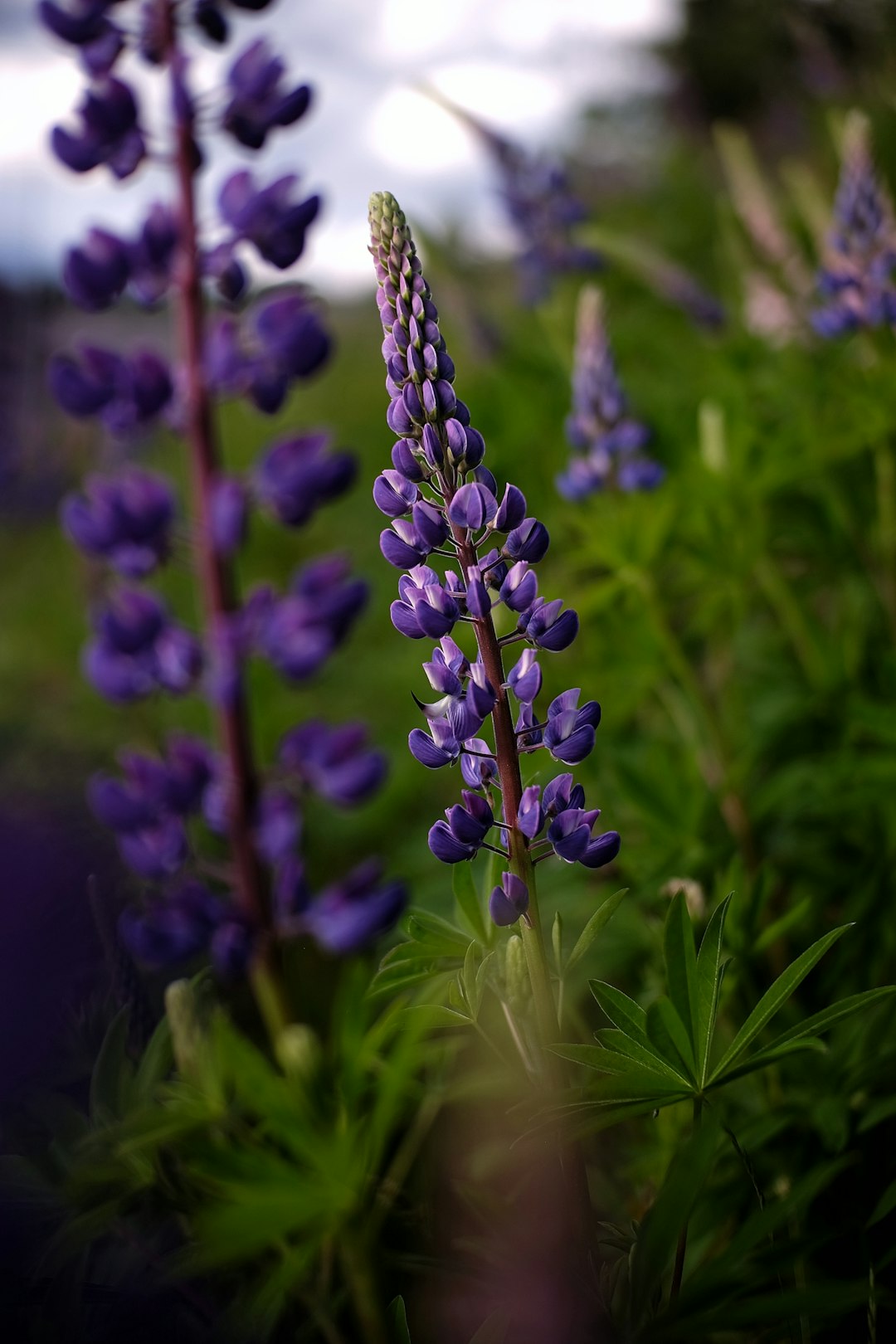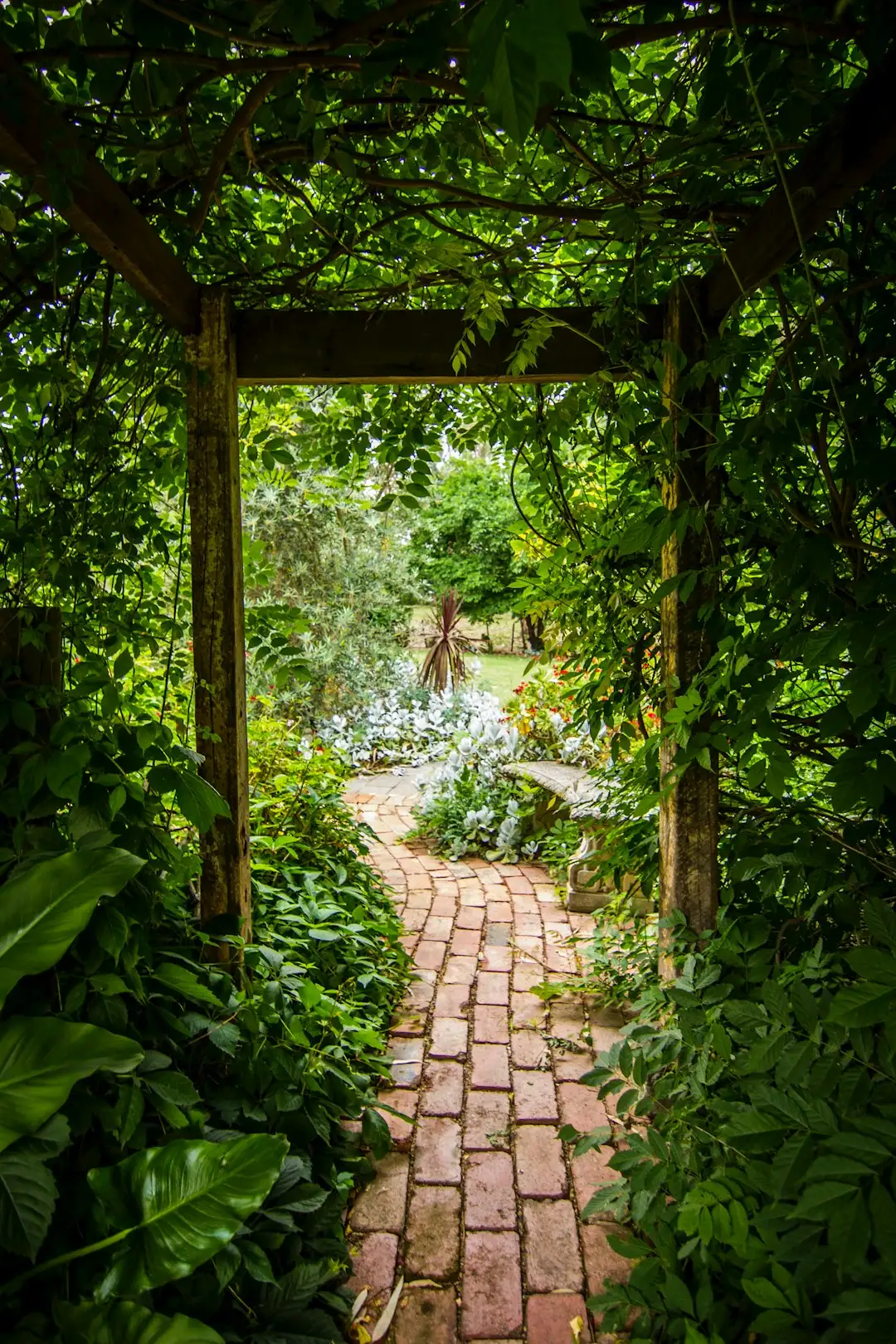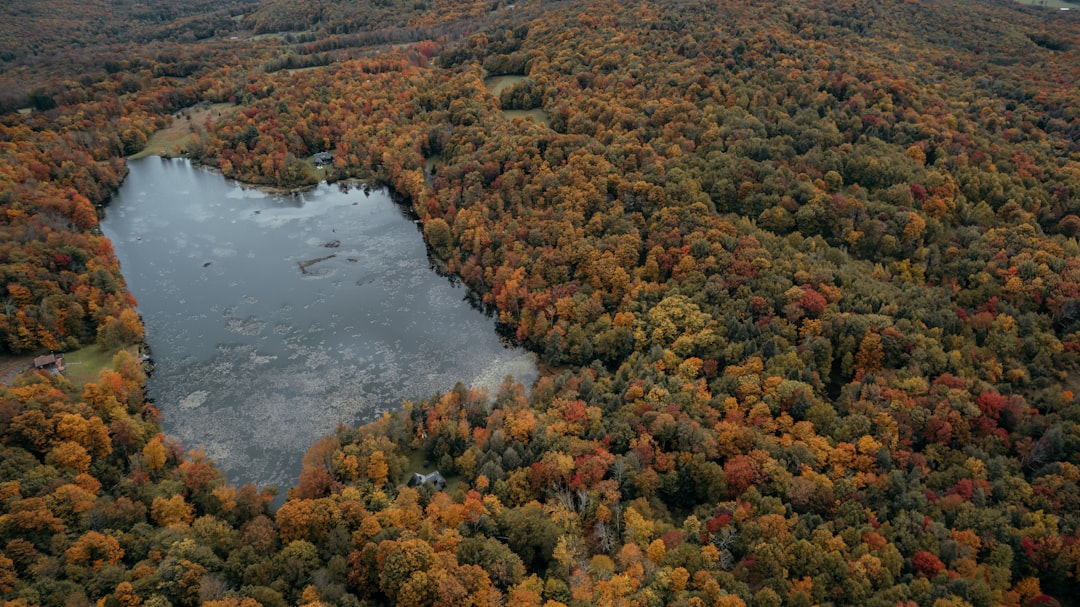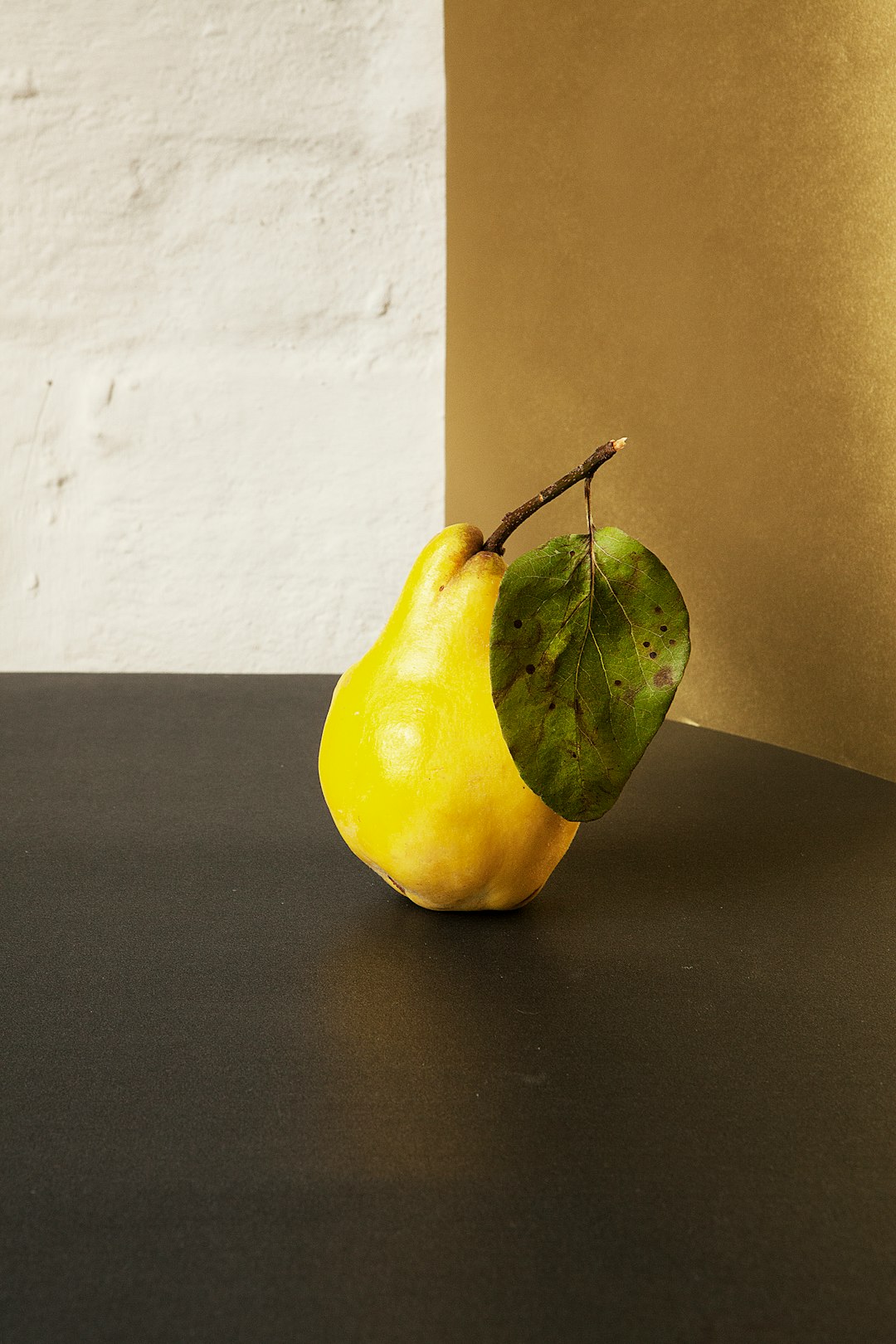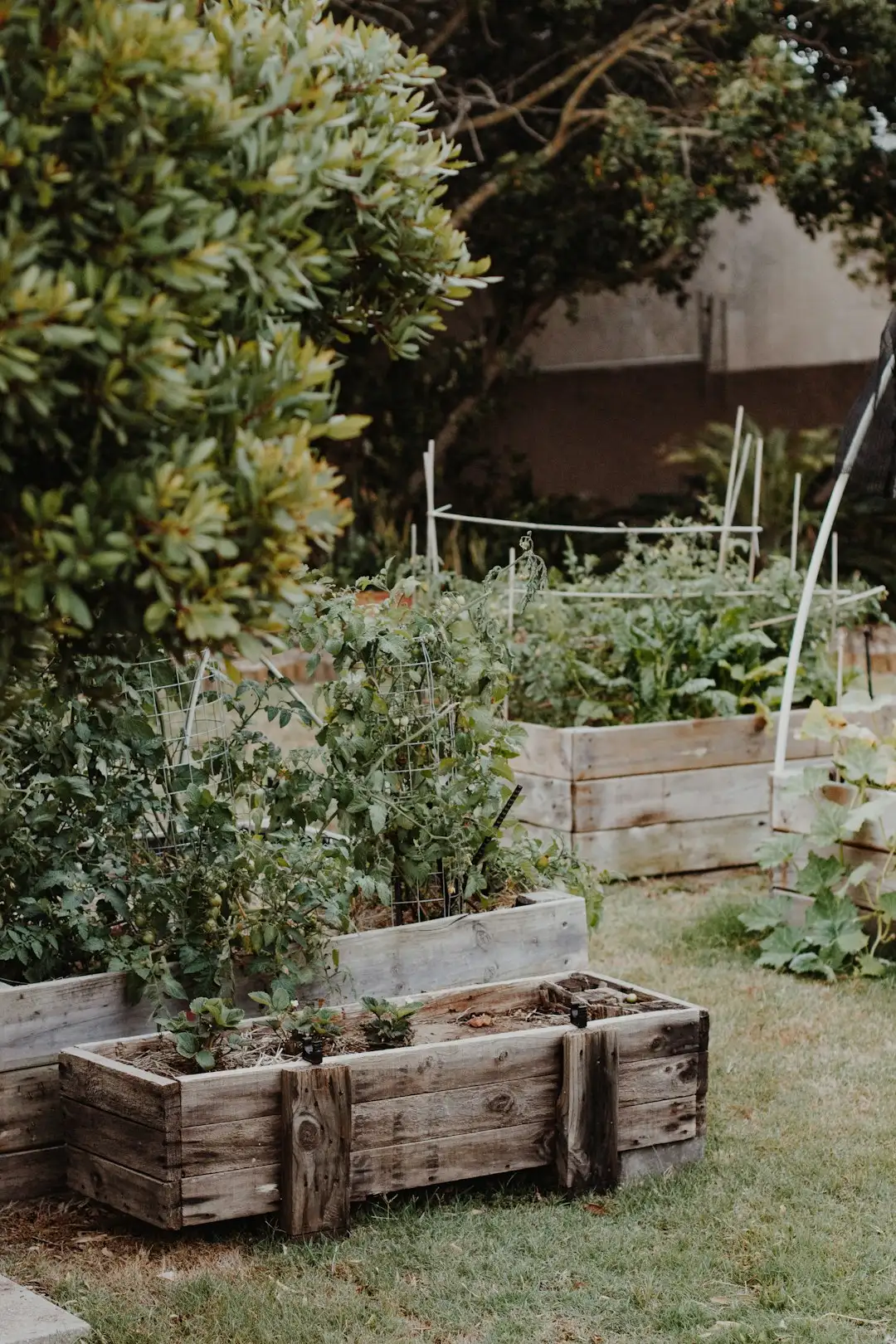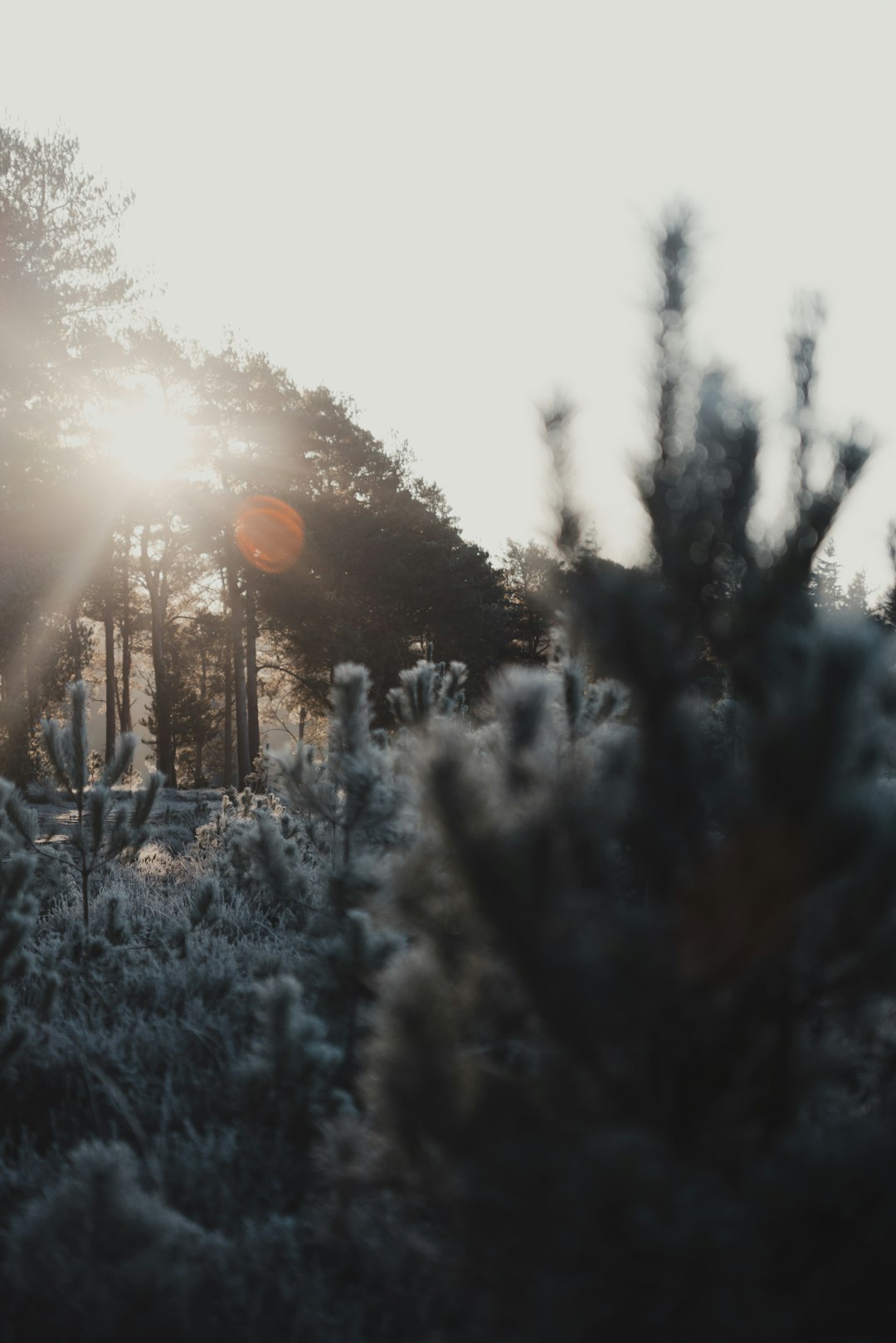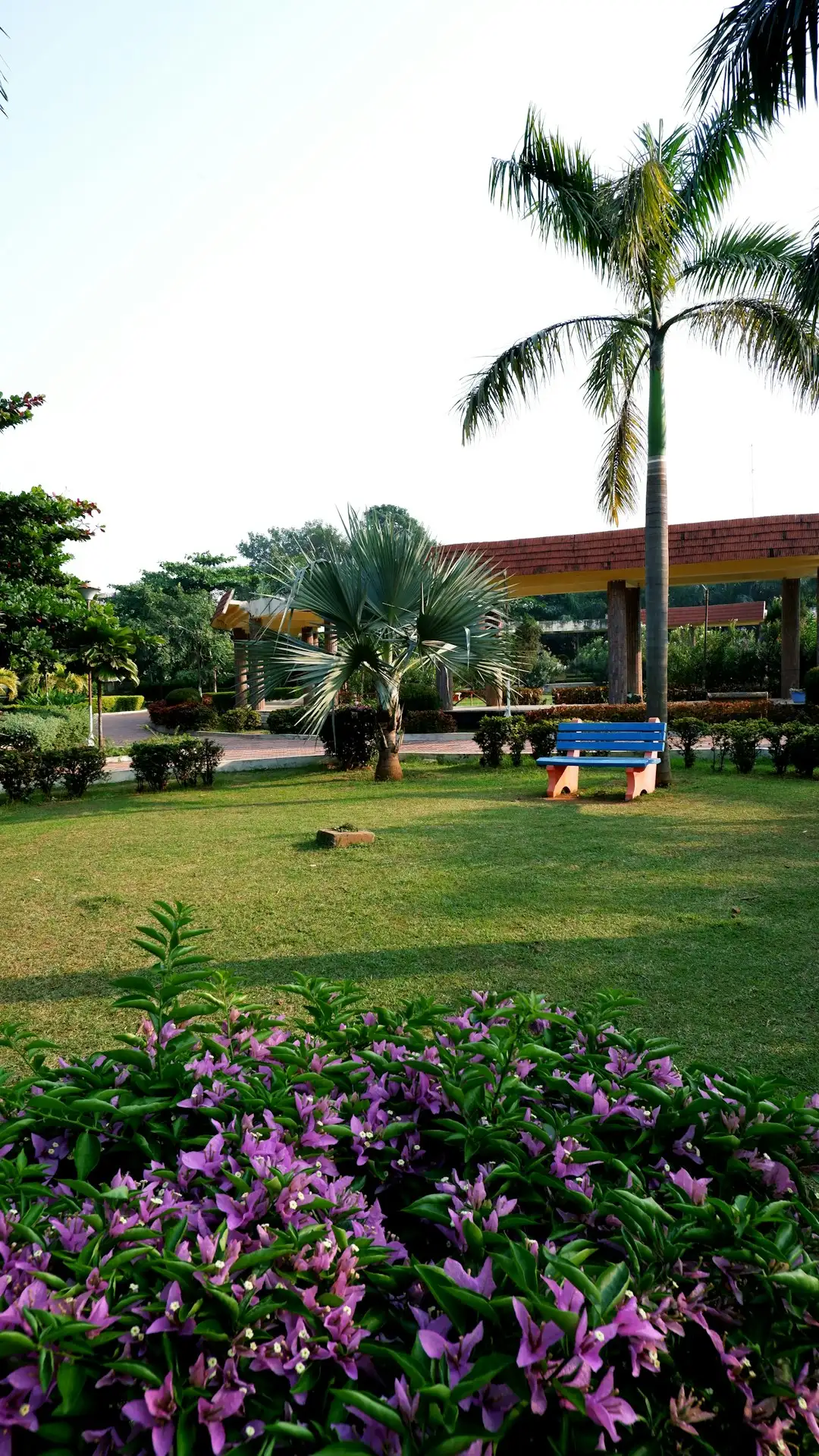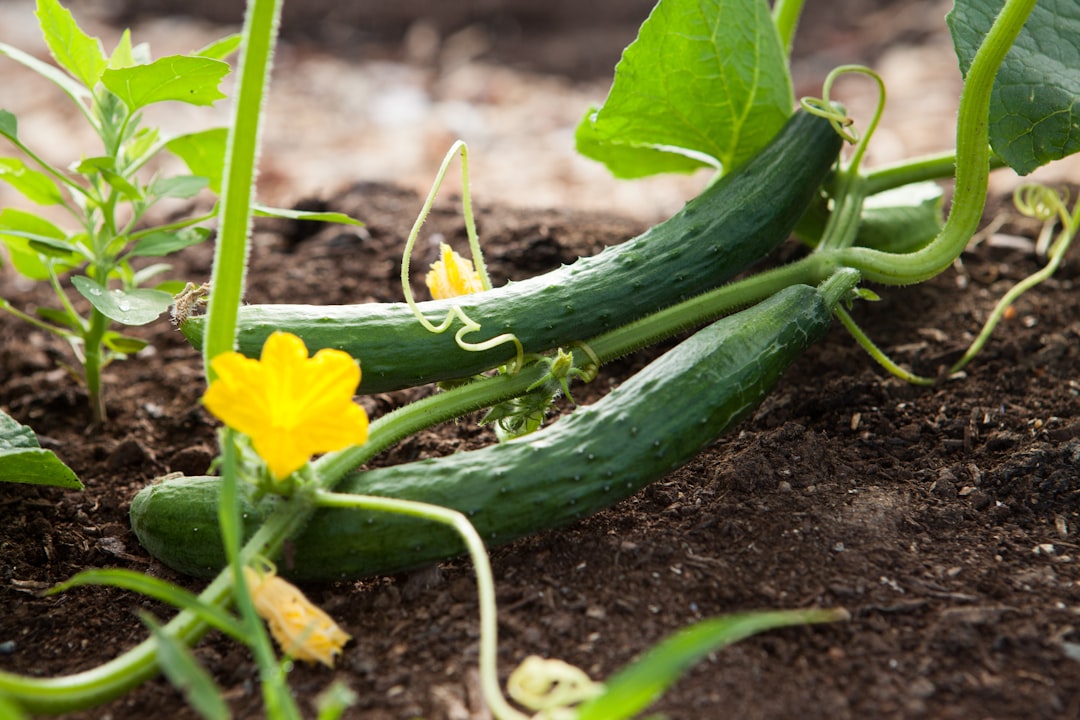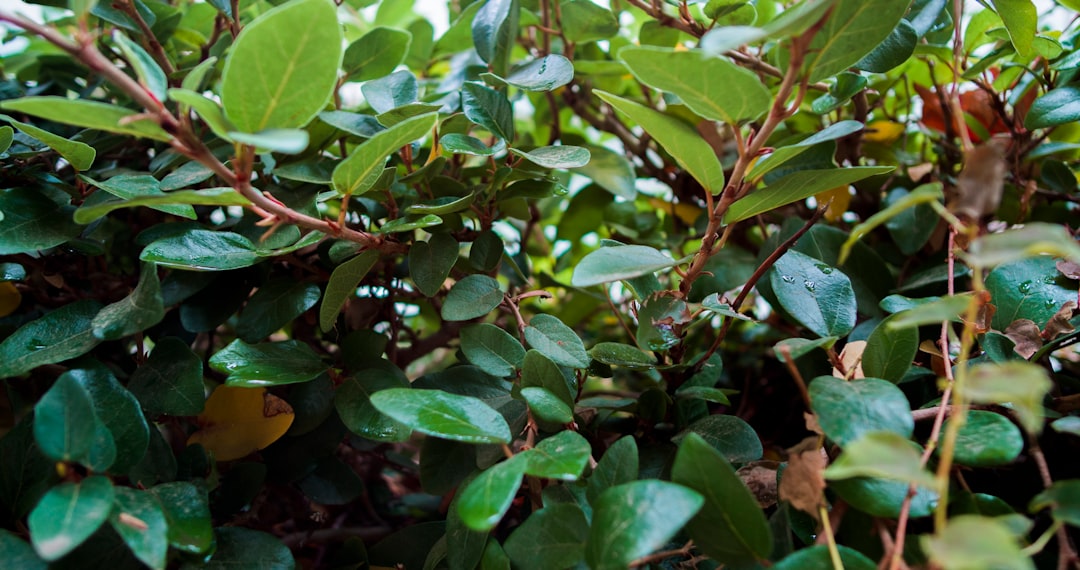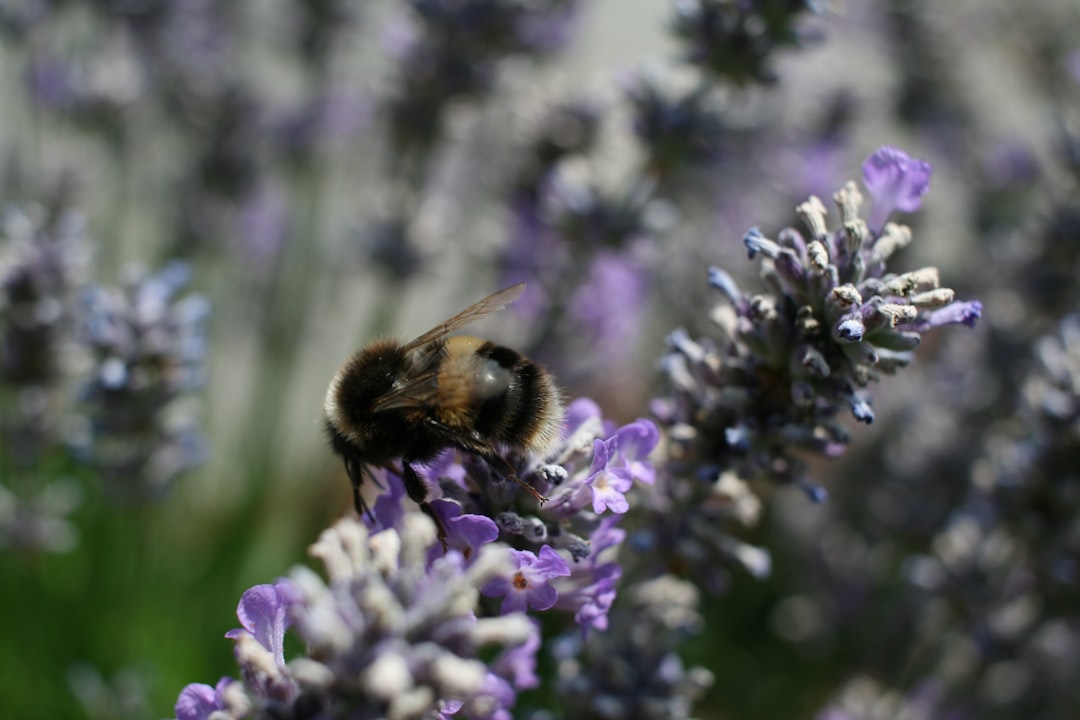
Ornamental wild ginger, a captivating perennial, holds a special place in the world of gardening. Its unique characteristics make it an ideal choice for various types of gardens, especially woodland gardens and shady wildlife gardens.
In woodland gardens, the dappled sunlight filtering through the trees creates the perfect environment for ornamental wild ginger to thrive. This plant has adapted to these conditions over time, developing features that allow it to make the most of the limited light. Its large, heart - shaped leaves are not only aesthetically pleasing but also serve a practical purpose. They act as natural umbrellas, protecting the soil beneath from excessive evaporation and helping to maintain a cool and moist micro - environment. This is beneficial not only for the wild ginger itself but also for other plants in the vicinity that may have similar moisture requirements.
One of the remarkable aspects of ornamental wild ginger is its ability to form a dense groundcover. As it spreads, it fills in the spaces between other plants, suppressing the growth of weeds. This natural weed - control mechanism is a boon for gardeners, as it reduces the need for chemical herbicides and manual weeding. The thick carpet of leaves also adds a touch of lushness and greenery to the garden, creating a visually appealing landscape.
Shady wildlife gardens also benefit greatly from the presence of ornamental wild ginger. The plant provides shelter and habitat for a variety of small creatures. Insects such as beetles and spiders find refuge among the leaves, while small mammals may use the dense foliage as a hiding place. Birds may also be attracted to the area, as the insects living in and around the wild ginger serve as a food source. This creates a mini - ecosystem within the garden, promoting biodiversity and a healthy balance of nature.
When it comes to cultivation, ornamental wild ginger is relatively low - maintenance. It prefers well - drained, humus - rich soil, which mimics the forest floor where it naturally grows. Adding organic matter such as compost or leaf mold to the soil can improve its texture and fertility, providing the plant with the nutrients it needs. Watering should be regular but not excessive, as the plant does not tolerate waterlogged conditions. A layer of mulch around the base of the plant can help retain moisture and regulate soil temperature.
Propagation of ornamental wild ginger can be done through division. In early spring or fall, carefully dig up the clumps of the plant and separate them into smaller sections. Replant these sections in suitable locations, making sure to keep the soil moist until they are established. This method allows gardeners to expand their wild ginger patches or share the plant with others.
Another interesting feature of ornamental wild ginger is its flowers. Although they are not as showy as some other garden flowers, they have a unique charm. The flowers are usually hidden beneath the leaves, close to the ground. They come in various colors, such as maroon, brown, or greenish - yellow, and have an unusual shape. These flowers are pollinated by insects that are attracted to their scent and appearance, adding another layer of ecological interest to the garden.
In conclusion, ornamental wild ginger is a versatile and valuable addition to any garden. Whether you are looking to create a peaceful woodland retreat or a wildlife - friendly shady garden, this perennial plant offers beauty, functionality, and ecological benefits. Its ability to form a groundcover, provide habitat for wildlife, and thrive in shady conditions makes it a standout choice for gardeners of all levels of experience. So, consider adding ornamental wild ginger to your garden and enjoy the many rewards it has to offer.
New
































